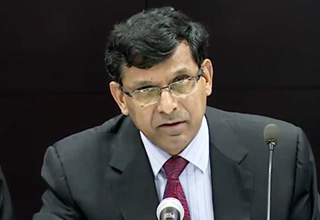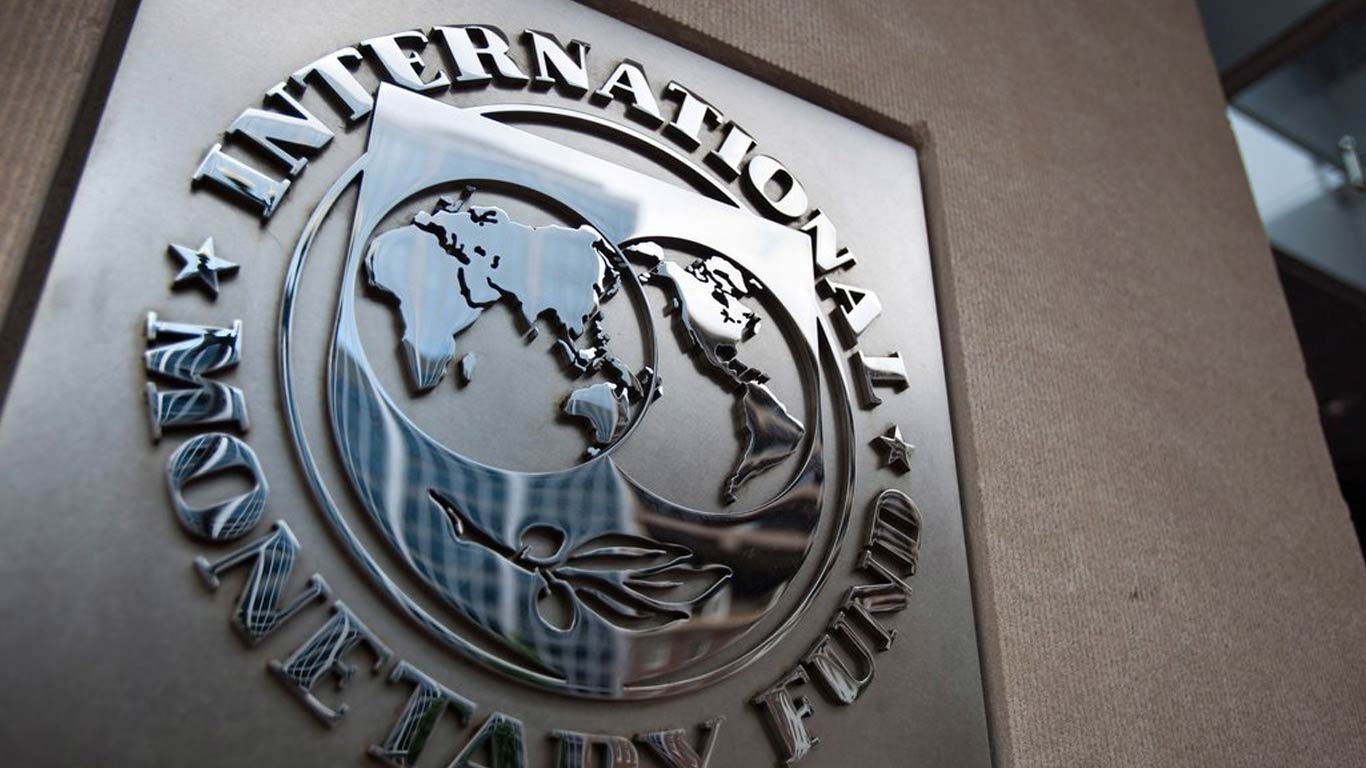RBI Governor says base rate should not come in the way of banks offering lower lending rates
Updated: Dec 03, 2015 03:40:09pm

Addressing queries he also clarified that RBI is taking a relook at the base rate and coming to this marginal cost pricing which will be announced later this week.
Commenting on the issue of scraping the base rate, Rajan commented, that ideally a market based credible benchmark should be placed in place of base rate and RBI is in the process of creating one; but till then some way of calculating the cost of funds is required.
“So if we scrap it, what is then going to take its place? There has to be something,” he reflected. He also mentioned that till sometime back LIBOR used to be used in the West, but LIBOR has come under some cloud recently.
On the issue of next rate movement, RBI Governor said, “When times are warranted we are always prepared to move …of course, when we use the words external developments, one of them is what happens to the Fed policy rate hike.” He opined that while there are some residual uncertainties about what the Fed will do, after an initial bout of volatility we probably should see Indian markets stabilise and come through.
With regard to the marginal cost pricing of loan and its impact on interest margins of the banks, Rajan mentioned that, banks will have to pay more attention to asset liability management, and manage their liabilities’ mismatches.
He again stressed that loan rates will move towards marginal costing and eventually market benchmarking, both of which will be enabled by RBI.
In simpler terms, RBI has insisted on the Bank to offer new loans at the rate of current deposit rates, which are bound to move down with the previous decrease in RBI rates and not to fix the interest rates by averaging the cost of old deposits, which were offered at higher rates and the current, lower, deposit rates. This will depend largely on how the Banks manage their old advance and particularly the non-performing assets, whose write off will put further cost burden on the Banks.
How the concept will be accepted by the conservative public sector Bank, needs to be watched….(KNN Bureau)











